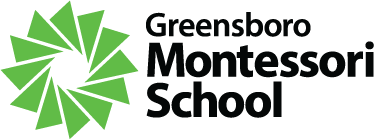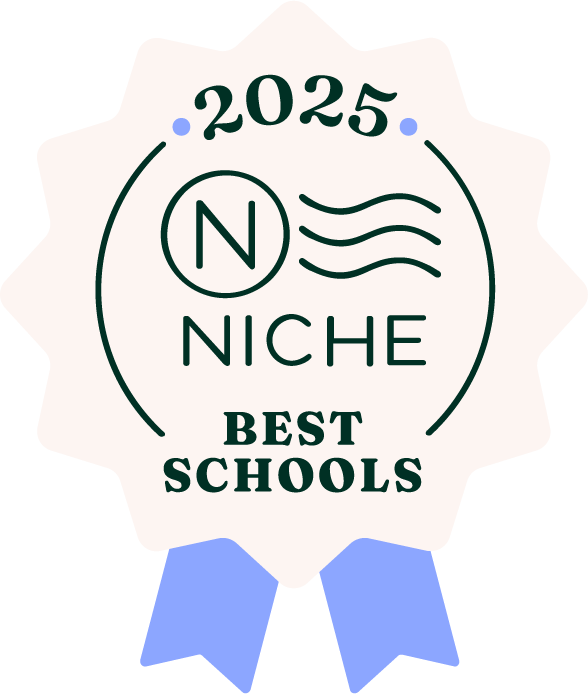Throughout the school year, the Junior High students at Greensboro Montessori School have multiple opportunities to delve into the study of economics through entrepreneurial experiences in both individual and group projects.
One project culminates in a Holiday Marketplace event that occurs annually during the second or third week of December.
Parents, students, friends and neighbors are welcome to come and shop at the 2017 Holiday Marketplace on Wednesday, Dec 13 from 9am-2pm in the gym.
The students work in small teams of two to three partners over the course of several weeks to develop a small business plan and manufacture a variety of hand-made products (art, food, clothing, gifts, etc.). These products are offered for sale to the entire community on the day of the marketplace event. The students are encouraged not only to design products that will make a profit but also products that are ethical and sustainable, benefiting the whole. This is a unique opportunity for the students to use their creativity, drive, talents, and business skills to make take home cash profits, which many use to fund their out of pocket expenses for overnight school field trips at the end of the school year.
In the Holiday Marketplace project, our young adolescents experience the true life of an emerging entrepreneur and small business owner:
- conducting research and development for their products,
- renting a booth/ retail space,
- creating a store front,
- paying utilities and taxes,
- developing marketing and customer service strategies,
- repaying their start up loans and
- calculating and equitably sharing their profit.
The "utilities, taxes and booth rental fees" that they pay are deposited into a school account that goes back into the Junior High to cover curricular and program expenses.
The Holiday Marketplace project represents just one aspect of how our students experience and study the principles and realities of economics. Another way is through their participation in a year-long micro-economy program that occurs every Friday. Unlike the marketplace project where the proceeds result in personal profit, the micro-economy program is designed so that any proceeds are reaped communally and expenditure must be decided on by the whole group. In some ways the micro-economy program is a “grown-up” version of the practical life lessons that are so effective in teaching our youngest students about respect for self, respect for the environment, and respect for the community as well as basic executive function skills.
The regular micro-economy program in the Junior High occurs in organized weekly sessions where the students experiment with practical life experiences in preparation for later life work. This emphasis on “real work,” as some would call it, is rooted in Dr. Maria Montessori’s belief that adolescents should learn about economic principles that govern production and exchange. By doing so, she proposed that adolescents would develop a deeper appreciation for available resources, the importance of hospitality, and that the work would provide a context for understanding human civilization and their role within it. This is work with the head and the hands! As part of micro-economy program, students engage in a plethora of meaningful work, which builds professionally applicable skills, encourages interdependence, and peaks intellectual curiosity.
Early in the school year, students begin the micro-economy program by preparing a resumé and applying for specific jobs. These jobs fall within three basic career areas, most of which directly relate to the operation of Maria’s Café, our commercially inspected restaurant program that serves a hot home-made lunch on Fridays. One team manages the kitchen including the menus, ingredients (both store bought and sourced from our gardens), food preparation and food service. Another team oversees the financial and marketing aspect of the micro-economy, and plans Junior High community events, outreach and fundraisers. The third team comprises a research and design lab that develops and fabricates new marketable products through use of tools and technology (3-D printer, state of the art design software, wood shop. etc.) and also produces the school’s yearbook.
This experience for our students is an example of applied learning at its best!


